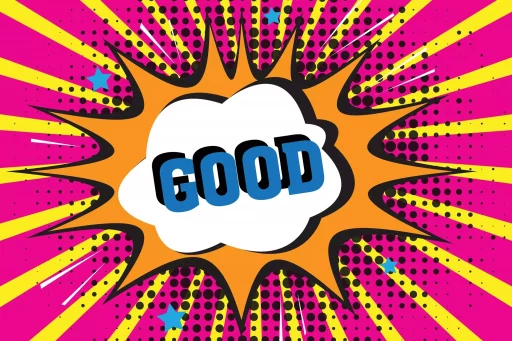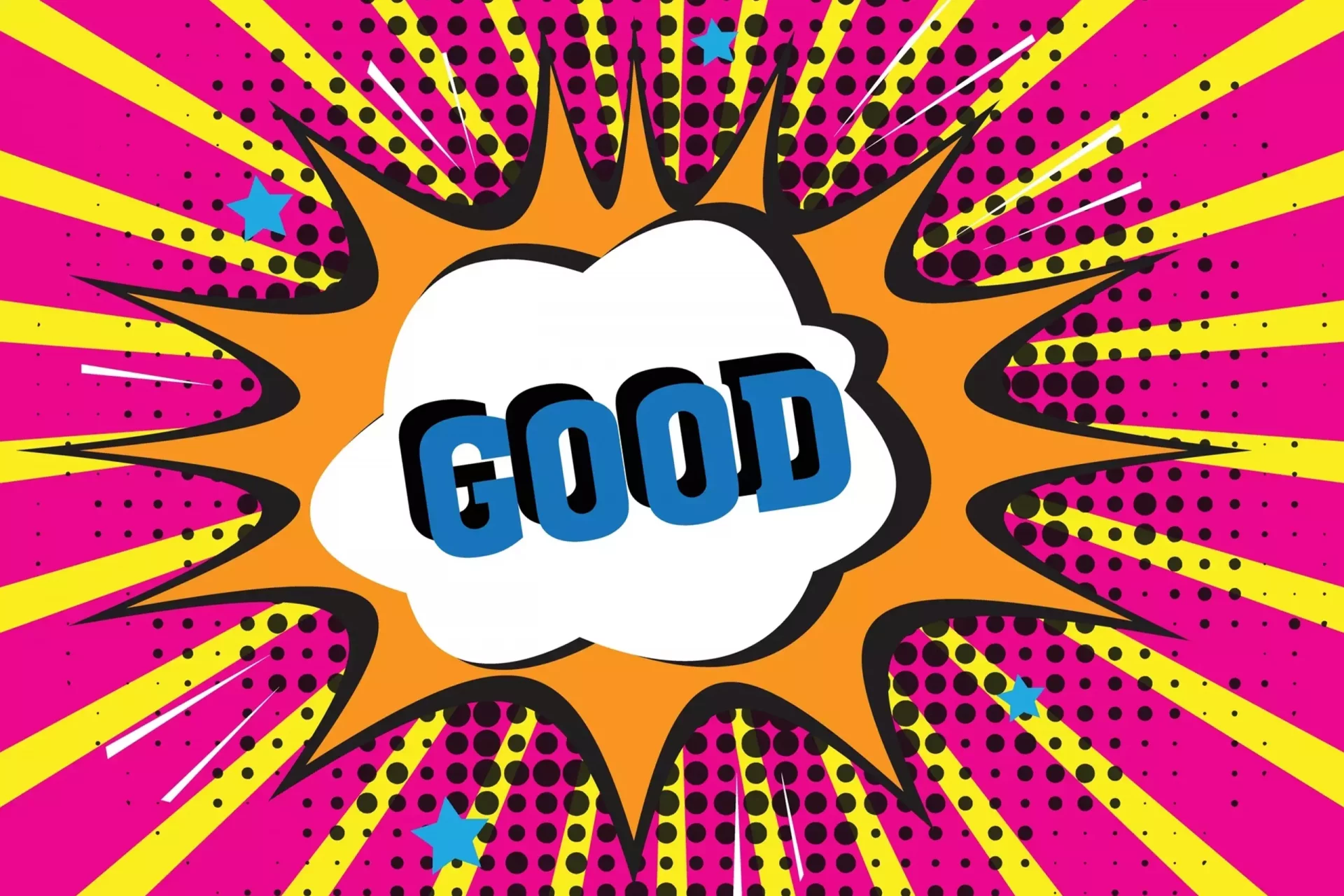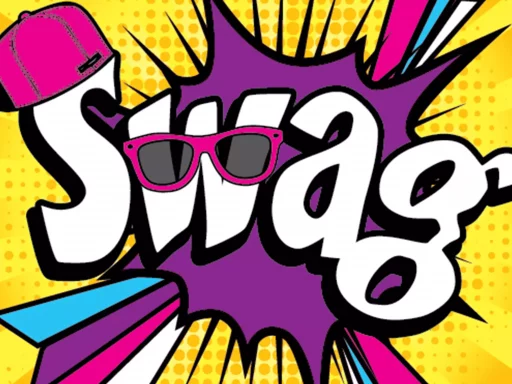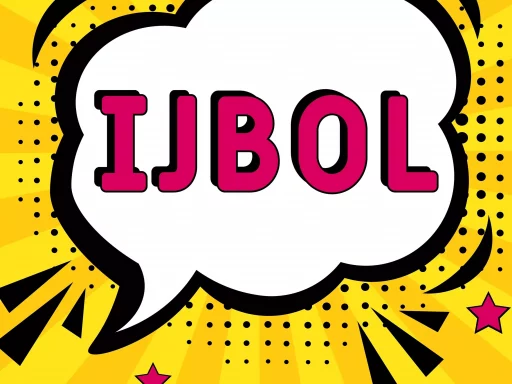Introduction to Collar Slang
Collar slang refers to a variety of terms used to categorize professions based on the color of the collar worn by workers. This linguistic classification helps to illustrate the distinctions and cultural attitudes surrounding different occupations. In this article, we will explore the history, meaning, and evolution of collar slang, as well as its implications in modern society.
Types of Collar Slang
- White-Collar: This term refers to professionals who typically work in an office environment, wearing formal attire. Examples include managers, lawyers, and accountants.
- Blue-Collar: Blue-collar workers are usually involved in manual labor or skilled trades, such as construction workers, electricians, and factory workers.
- Green-Collar: Green-collar refers to professionals working in environmental sectors, focusing on sustainability and conservation, such as environmental scientists and conservation engineers.
- Pink-Collar: This term describes jobs traditionally held by women, often in service or caregiving roles, including nurses, teachers, and administrative assistants.
- Gray-Collar: This category encompasses individuals working in roles that require a mix of blue and white-collar skills; typical examples include technicians and maintenance workers.
Historical Context of Collar Slang
The origins of collar slang can be traced back to the 19th and early 20th centuries when workers began to be classified based on their professional attire. The term “white-collar” was first popularized by sociologist Edwin Sutherland in 1931 to describe jobs that required a higher level of education and were mostly performed in office settings. Conversely, “blue-collar” emerged from the industrial revolution, as workers in factories often wore durable blue uniforms.
Case Studies: The Impact of Collar Slang
Collar slang is not just a form of categorization; it has real-world implications. Understanding how these terms are applied can provide insights into societal perceptions of different jobs:
- Case Study 1: The Stigma of Blue-Collar Work
In urban settings, blue-collar jobs often face stigma compared to white-collar professions. According to a 2019 study by the Bureau of Labor Statistics, blue-collar workers earn about 15% less than their white-collar counterparts, which can lead to social perceptions labeling these jobs as less desirable.
- Case Study 2: The Rise of Green-Collar Jobs
The increasing focus on sustainability has led to a notable rise in green-collar jobs. A report from the International Labour Organization indicated that global employment in the green economy could reach 24 million jobs by 2030. This emerging trend signals a shift in societal values towards environmental responsibility.
Statistics on Collar Employment
A 2020 report from the U.S. Department of Labor provides fascinating insights into the employment landscape:
- Approximately 22% of U.S. workers are classified as blue-collar.
- White-collar jobs have projected growth of 10% over the next decade.
- Green-collar jobs have seen a 21% increase in demand due to climate change initiatives.
- Pink-collar occupations make up about 25% of the workforce, with significant representation in healthcare and education.
Modern Relevance of Collar Slang
In today’s fast-evolving labor market, the relevance of collar slang extends beyond mere classification. The COVID-19 pandemic highlighted the importance of essential workers, many of whom fall under the blue-collar category. As remote work becomes more mainstream, the lines between white-collar and blue-collar jobs are increasingly blurred.
The emergence of technology in blue-collar jobs, including automation and AI, demands new skills that were once considered exclusive to white-collar workers. Thus, the connotations of collar slang continue to evolve.
Conclusion
Collar slang serves as an interesting lens through which we can examine our perceptions of work and labor. While traditionally it has functioned to differentiate between professional realms, it also reflects broader societal attitudes and trends. As the workforce continues to change, so too will the meanings and significance of these terms.






